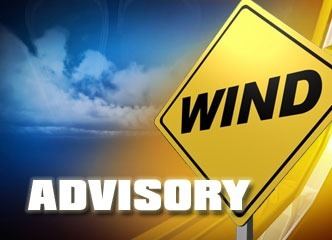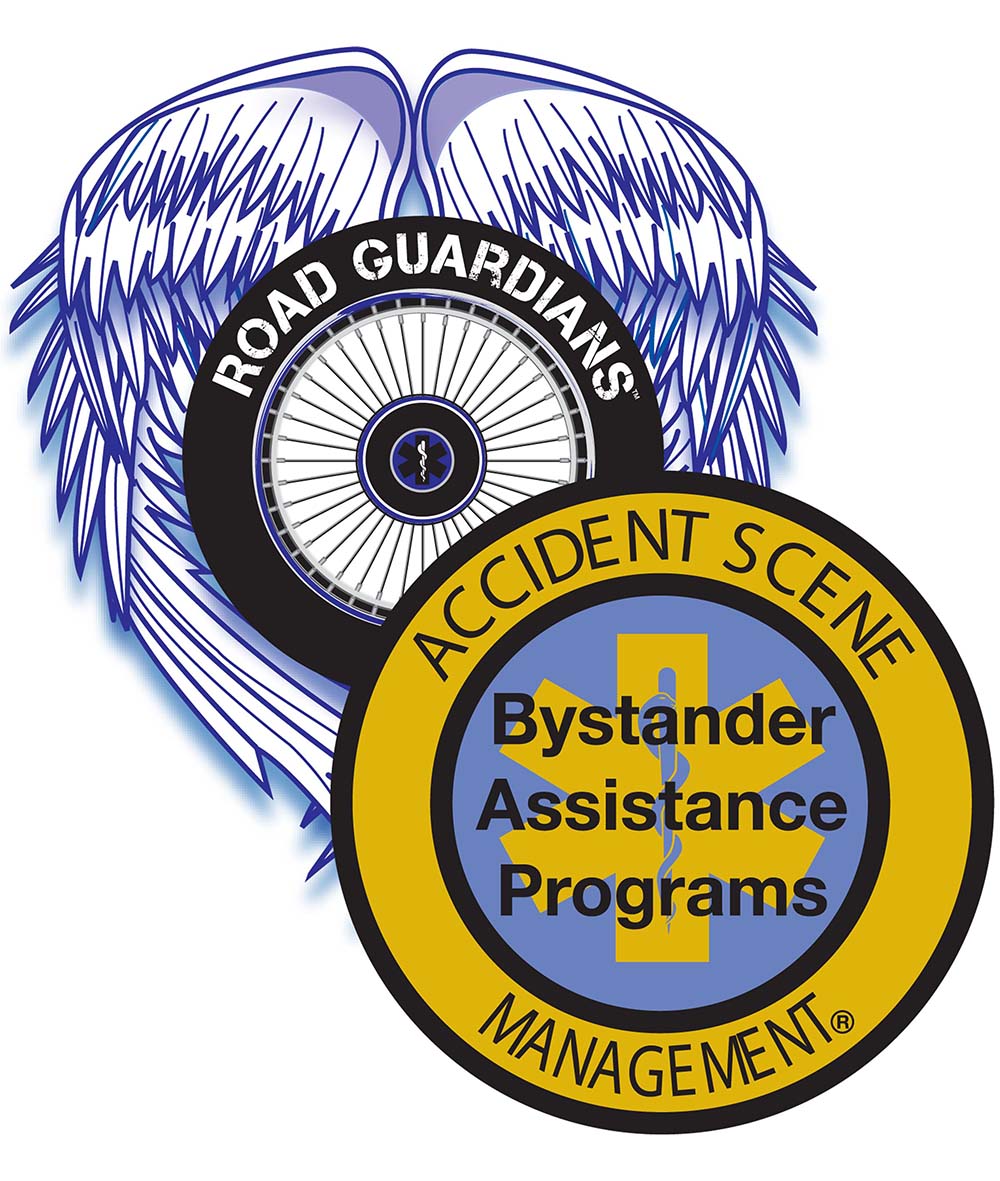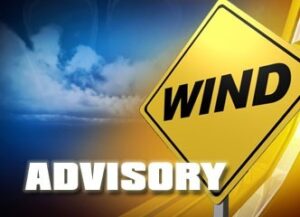
Riding a motorcycle in high winds can be a challenging experience, even for the most seasoned riders. The unpredictability of gusts can make maintaining control and balance difficult. However, with the right techniques and precautions, it is possible to safely navigate through windy conditions.
The Impact of Wind on Your Motorcycle
Wind can push your bike sideways, making it harder to steer and maintain a straight line. It’s crucial to keep a firm grip on the handlebars and use your body weight to counteract the wind. Leaning into the wind can help maintain balance and control. However, be prepared for sudden changes in wind direction which can cause the bike to jerk unexpectedly.
In addition to these techniques, proper gear can also make a significant difference. A good quality helmet with a snug fit can protect you from the wind noise and debris. Wearing tight-fitting clothing can reduce the drag caused by the wind. Also, consider using a windscreen on your bike, which can deflect a significant amount of wind away from you.
The Impact of Wind on the Rider
Strong winds can propel debris or loose objects, wind can kick up dust, dirt, or sand, impairing your vision. Riding in strong winds requires extra effort and concentration. Crosswinds are the most challenging as sudden gusts from the side can push you toward the road edge or oncoming traffic. The constant battle against the wind can be mentally and physically draining, leading to fatigue.
Tips for Riding in High Winds
Check the Weather Forecast
Before setting out on a motorcycle ride, check the weather forecast specifically for wind conditions. Wind speed and direction can significantly impact a motorcycle’s stability and the rider’s ability to control it. By being aware of the forecasted wind conditions, riders can make informed decisions about when to ride. It also allows them to prepare mentally for the ride when high winds are expected.
Practice
It’s important to remember that every rider’s comfort level and skill set are different. If you are a newer rider, practice in safe and controlled environments before heading out on the open road. Start with light winds and gradually work your way up as your confidence and skill improve.
Adjust your speed
High winds can drastically affect your motorcycle’s performance, especially at high speeds. Slowing down can give you more time to react to gusts and other potential hazards like debris. Remember, it’s not just about how fast you’re going, but also about how fast the wind is blowing. A strong headwind can slow you down significantly, while a tailwind can make you go faster than you realize.
Be Aware of Your Surroundings
Open areas like bridges, open highways, and gaps between buildings can have stronger wind gusts. Be extra cautious in these areas. Also, watch out for larger vehicles like trucks and buses as they can momentarily block the wind, causing a sudden gust when you overtake them.
Plan your route
Planning a route allows riders to avoid areas with potential wind hazards such as big open fields, long bridges or high-altitude roads where wind speeds can be significantly higher. Additionally, planning can help identify safe spots to take breaks if the wind becomes too intense or the rider becomes too fatigued.
Riding a motorcycle in high winds can be intimidating, especially to less experienced riders, but with the right techniques and awareness it can be done safely. Always remember to respect the weather conditions and adjust your riding accordingly. Stay safe and enjoy the ride!





